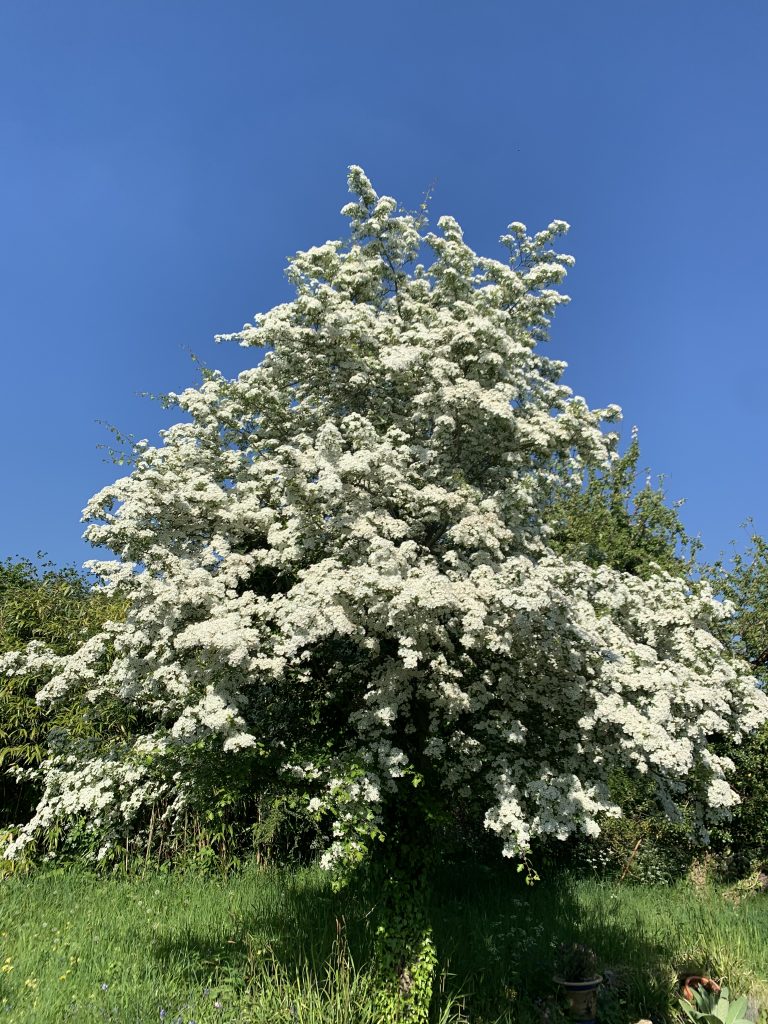
Having already bigged up the year as one of exceptional blossom, showing off my favourite garden tree was irresistible!
The last few days has given many opportunities to walk and enjoy the natural world. Admittedly my work increases my justification to be out and about but fortunately this has only meant travelling a few miles by car on a couple of occasions.
Like many people the increase in time available for a stroll or even just to stop and soak the atmosphere is something I am relishing, the pleasures and joys of discovery just keep coming.
Returning to the military ranges at Ash, with more families than ever before, allows one to appreciate space. Big skies, views , and I mean VIEWS, that I don’t believe can be bettered in Surrey.

It’s become a truth that now the overflying of aircraft

is more unusual than the possibility of seeing special birds like Tree Pipit
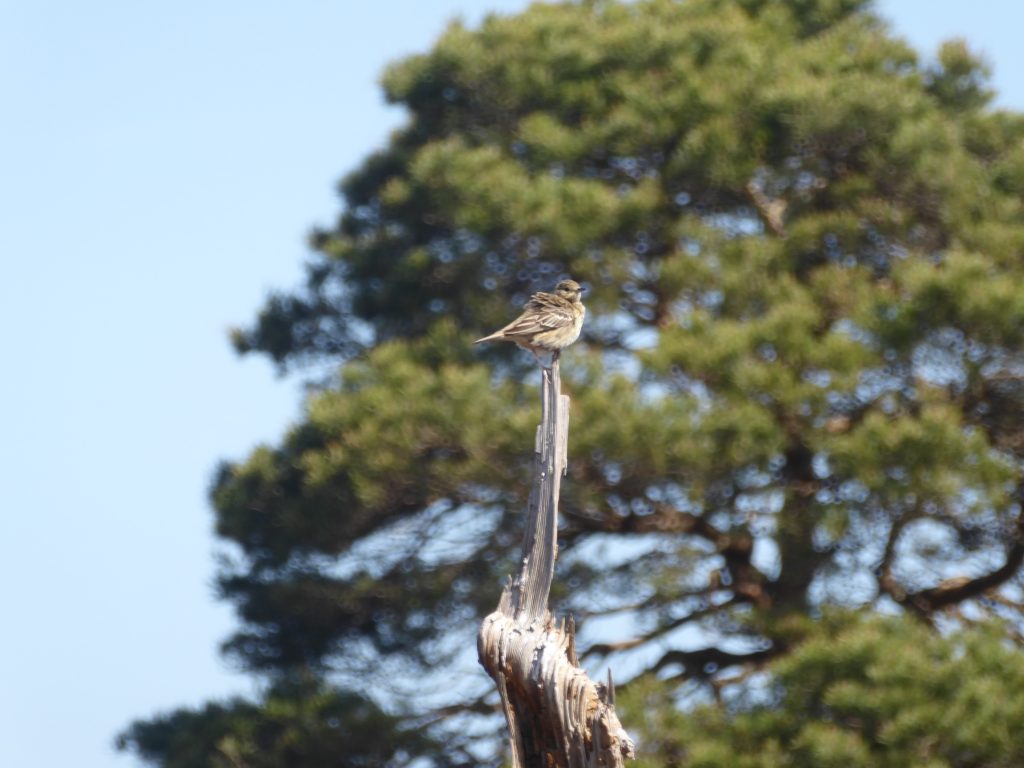
Out on the open heath many of the birds are either very discrete or rather unimpressive to look at (like the pipit). Most of the “little brown jobs” make up for their lack of glory plumage with 2 tactics depending on the habitats occupied.
Out on the wide open heath the tactic is to launch up in to the sky and advertise with song. Woodlark, even more than the similar Skylark, take the ascendency to extremes; I have witnessed many disappear out of sight in to a blue sky with the ethereal song drifting on the breeze. A Woodlark song can carry miles, both advertising to a mate and staking claim to a territory to rival males. Not all flying songsters go high, some like the Tree Pipit use a short acrobatic display from a song post to spread the word to a wider audience. Another species that employs this tactic is the Common Whitethroat, a species that looks to be having a good year. Every walk I’ve undertaken over the last 10 days or so has been punctuated with the scratchy song of the Whitethroat. It seems that where there’s a bit of scrub, thorn bush, hedgerow, there’s a plucky bird throwing itself in to the air to deliver, well let’s be kind, the best marketing message to a passing female Whitethroat.
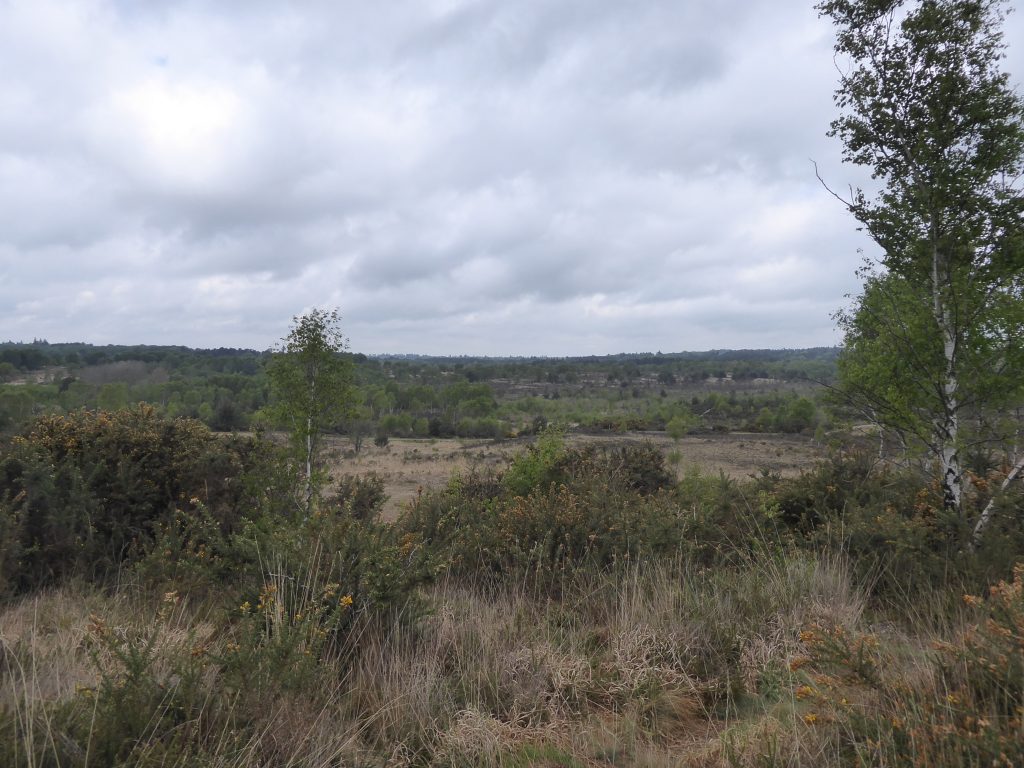
Whitethroats followed me to Chobham Common! In fact, not really surprising, similar habitat equals similar birds. The land of Woodlark, Dartford warbler, Stonechat, Tree Pipit and soon to be arriving Nightjar also serves up the right recipe for Whitethroat. Another bird also follows the presence of Whitethroat and some of the other highly visible songsters, The Cuckoo.
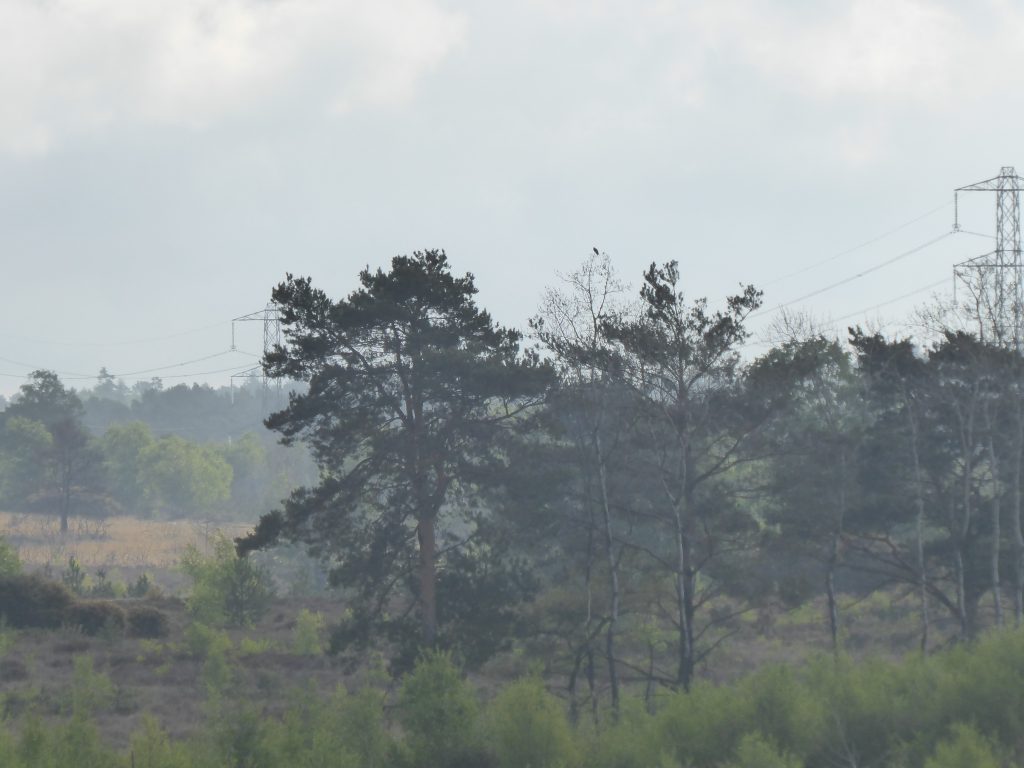
I had thought that Whitethroat were the most likely candidates for a Cuckoo to parasitise but that may well be assuming a link with Whitethroats on the basis of “visibility”. Goes to show assumptions can be misleading as the research compiled by the BTO indicates that the 4 most frequently recorded host bird species are in fact; Dunnock, Pied Wagtail, Meadow Pipit and Reed Warbler. Still leaves me with a few questions as, of those 4 only the pipit is really found on the open heath. Hmmm, I love a mystery.
During my wanders it seems that its not just Whitethroats that appear to have arrived in good numbers, Blackcaps, Garden warblers and Chiffchaffs are making lots of noise Not strictly “little brown jobs” but certainly discrete and hard to see these three join the group of birds that use the other, a second technique of attracting a mate and defending a territory; stay hidden but shout loud!
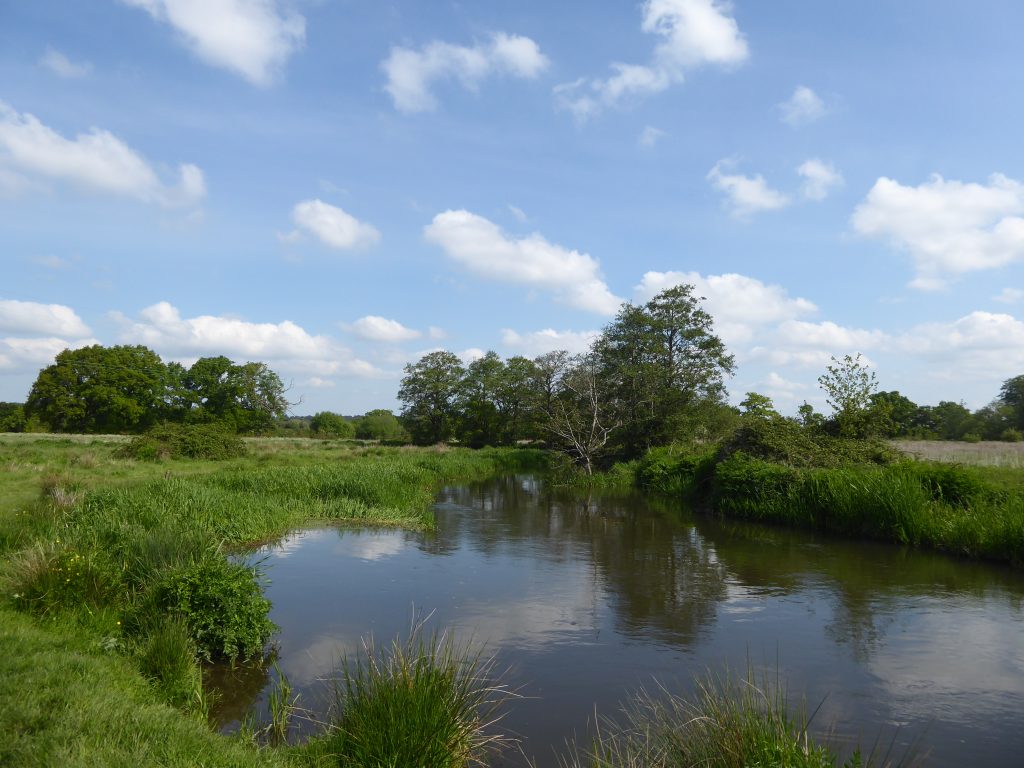
More Whitethroats along the river near Send and Old Woking. The flood plain is dotted with scrubby thorns and bramble patches perfect to display flight from and been seen and heard.
Here the supporting chorus is different from the heath. Sadly Skylarks and Meadow pipits are increasingly hard to see or hear but closer to the river and the wet bits 2 more “hide and shout” warblers can be heard, Sedge and Reed warblers. Often found fairly close to each other neither has what you would call an attractive song, more scratchy stuff!
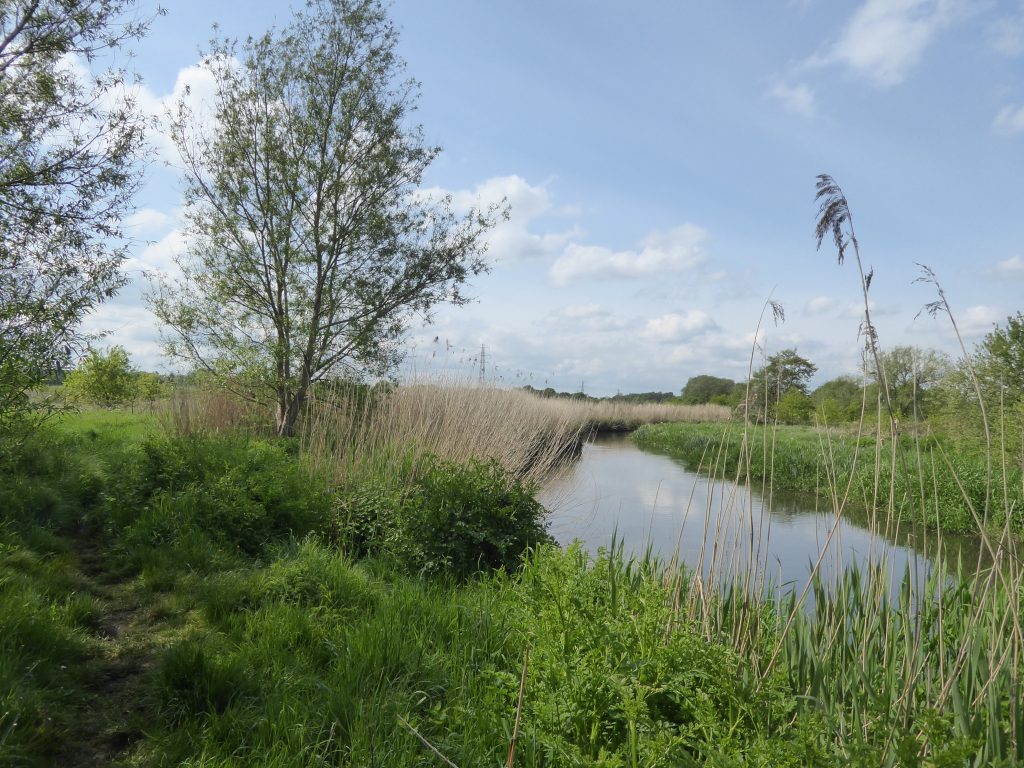
If you’ve never walked across this area please do! But do get a map and try and stick to the paths. It’s steeped in history and much of the area is protected both as common land and protected flood plain. It would be a wonderful idea to join up the management and protection of this beautiful are right through from Woking to Guildford and then on to Godalming.
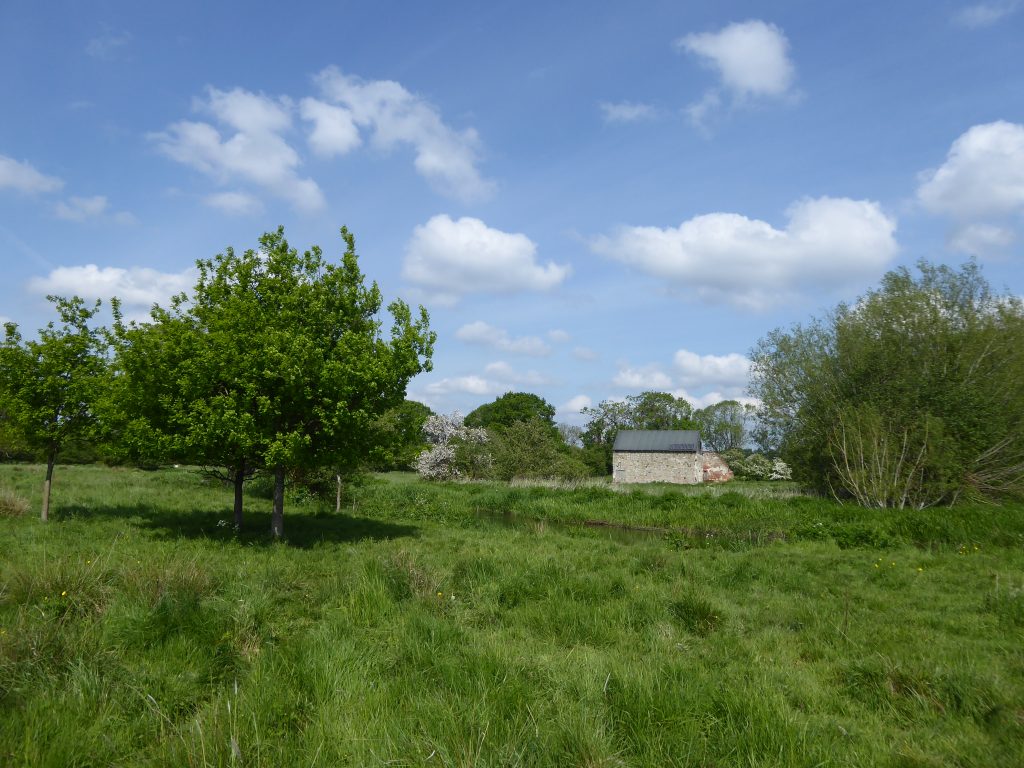
The value to local people of the river meadows is also reflected in the number and age of churches, worth a visit on their own.
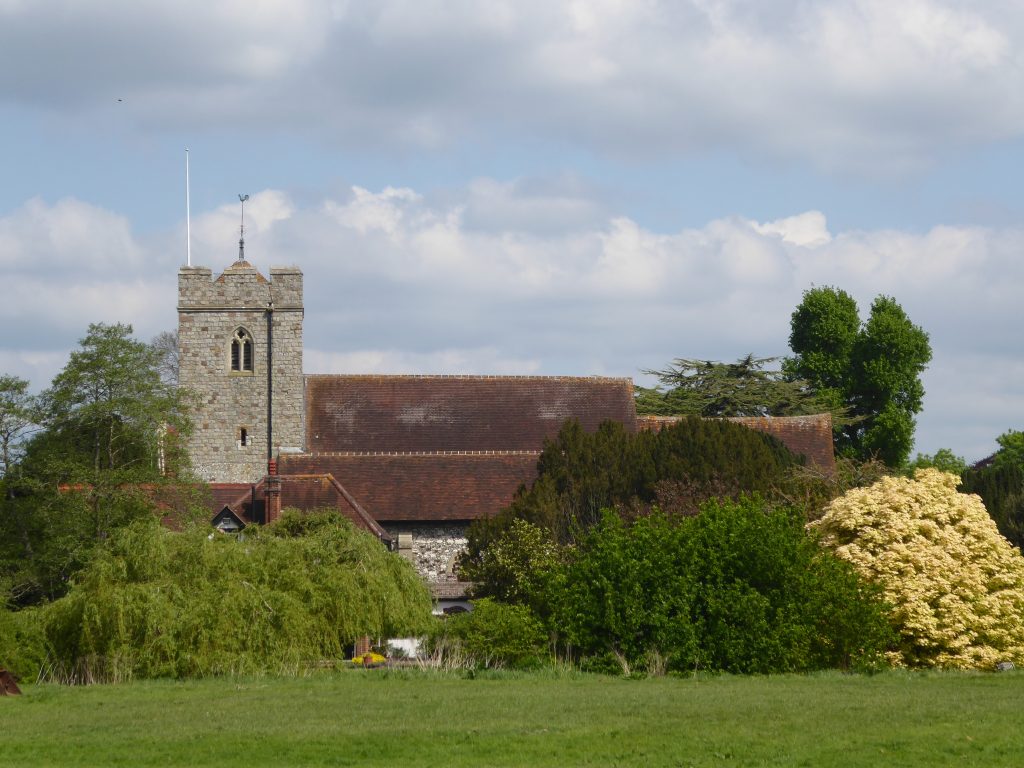
Some of the meadows are cattle grazed, would be nice if it was all, and of those that are it was good to find the Surrey Wildlife Trust Galloways are back on the land given to SWT by Crest Nicholson, the national construction company. Yes it is possible for big companies to do good things! But it has been quite a while since a gift of this type has been made, sadly.
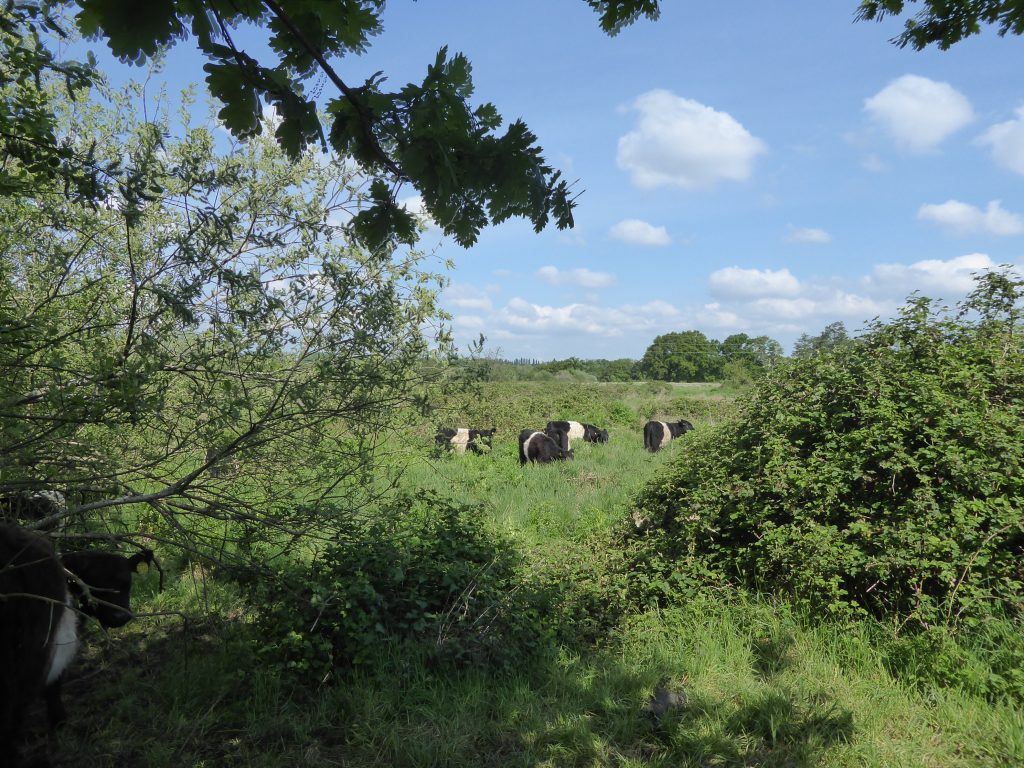
The more you look the more you find. A Reed bunting was no surprise but a Wheatear at the top of a tree (spotted by my wife whilst I was staring up at a Woking Peregrine) was.
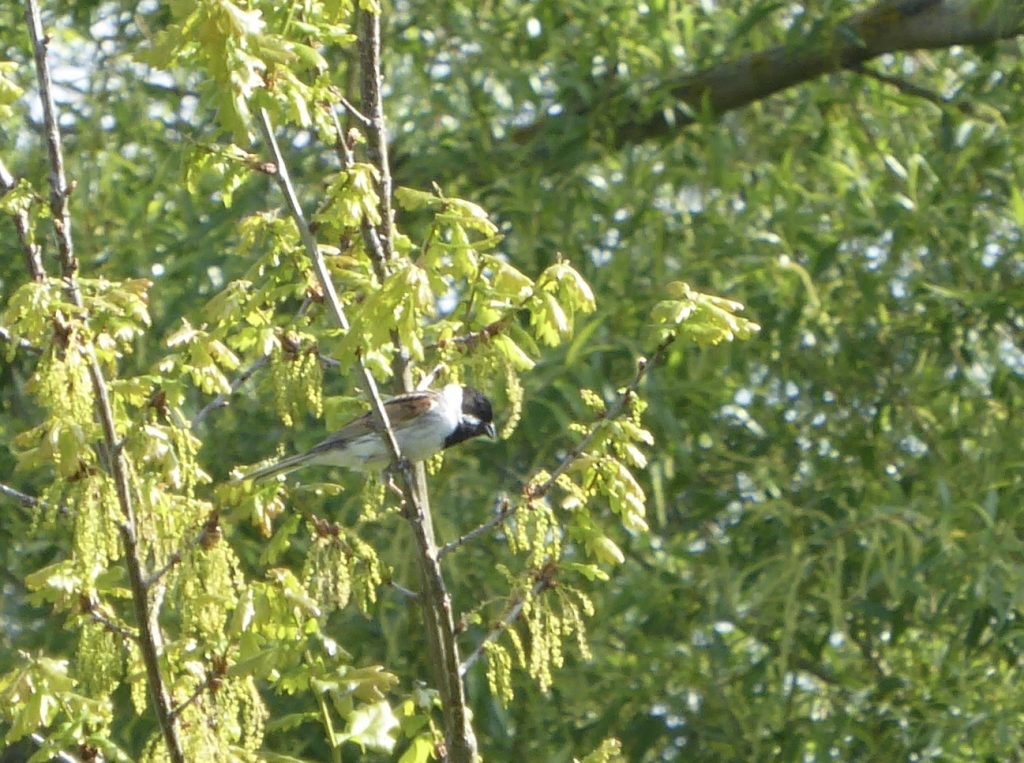
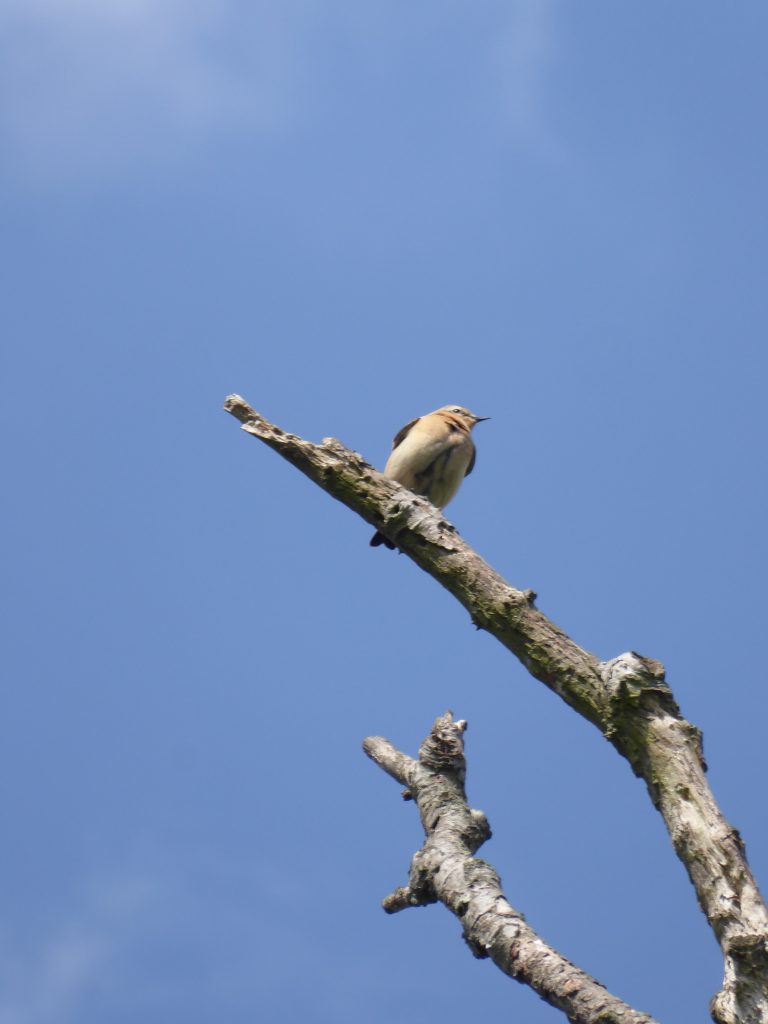
The more you look……
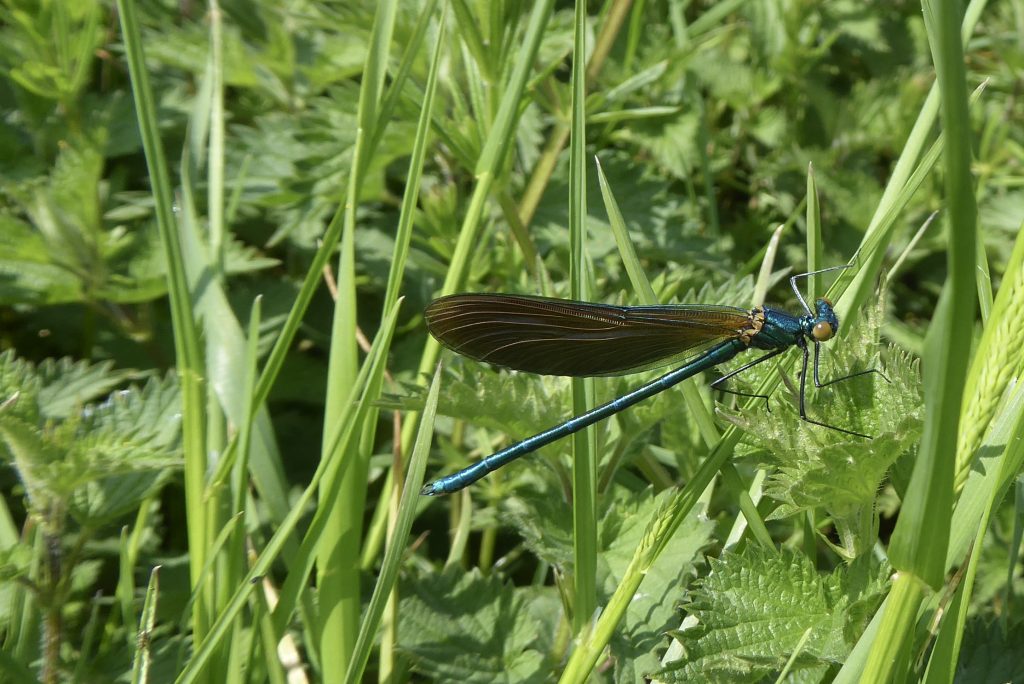
More and more damselflies are on the wing or waiting in the sun for their new form to dry and harden.
As you may have gathered I am fascinated by all of it, the natural world, and I love the images that are created where the natural and manmade worlds meet. As we crossed the river I noticed these tenacious couple of plants growing in chinks in the bank piling. Nature adapts.

And nature rarely gives up.
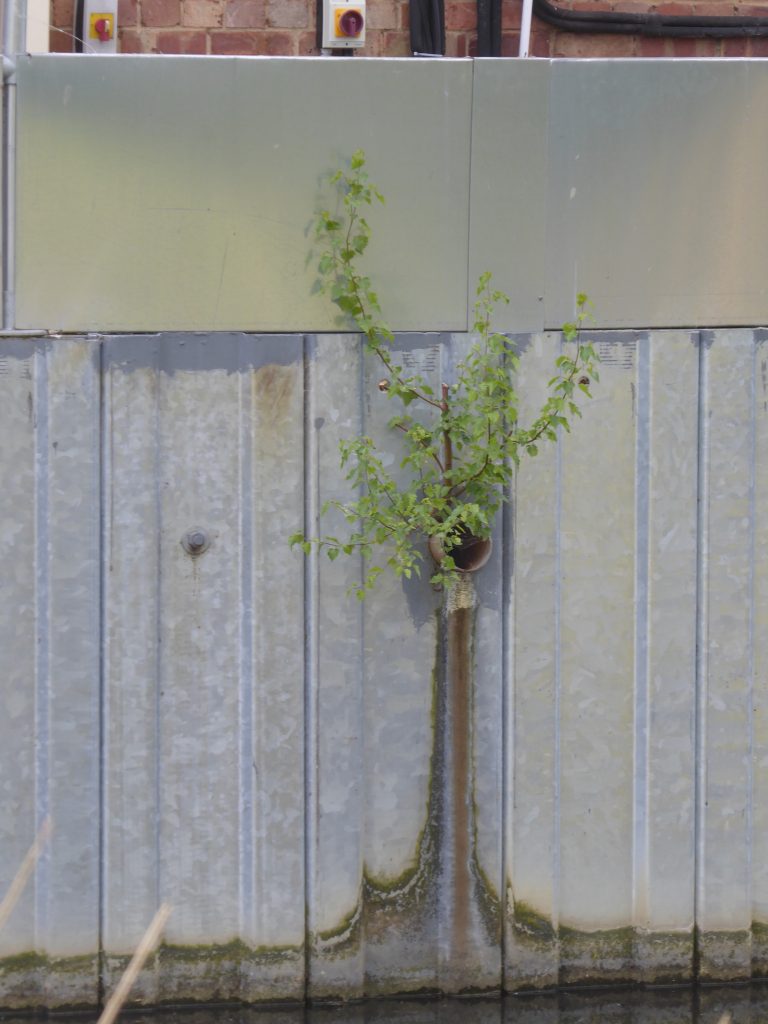
Remember
Listen More, Hear More, Look More, See More.
I might be a bit angry about some of the things going on, or not, in Surrey’s countryside but if we don’t all get out and enjoy it at the minute how are we going to understand just how important it’s protection and management really are?
